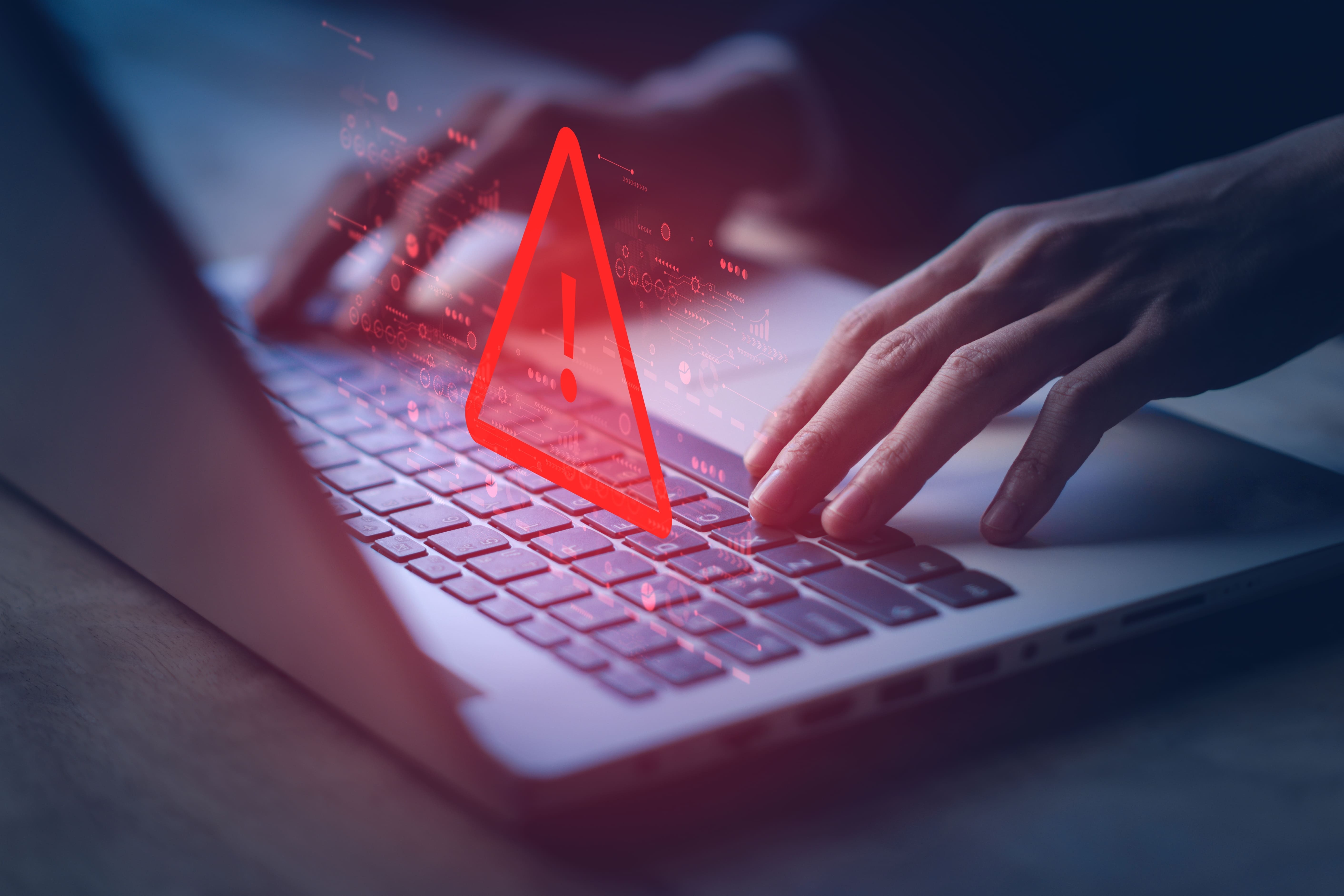KYC: The Backbone of Secure Digital Transactions in 2025
April 30, 2025

In today's rapidly digitizing world, Know Your Customer (KYC) has become more than a regulatory formality — it’s the foundation of trust between institutions and users. As of 2024, over 90% of financial transactions in India involved some form of KYC authentication (RBI data). With the government pushing initiatives like Aadhaar-based eKYC, Video KYC (V-KYC), and the upcoming AI-powered Central KYC (C-KYC),
KYC is evolving from a compliance necessity into a key driver of customer experience and security. In this blog, we explore the full landscape of KYC, its types, latest updates, and why it matters more than ever in 2025.
What is KYC?
KYC (Know Your Customer) refers to the process by which businesses verify the identity and address of their customers before or during onboarding.
It was introduced to prevent financial crimes such as money laundering, fraud, and financing of illegal activities.
In India, KYC processes are mandated by regulators like:
Simply put, KYC ensures that institutions know who they are dealing with — protecting both themselves and their customers.
Importance of KYC in the Digital Ecosystem
As digital payments in India crossed ₹12 lakh crore monthly (UPI data, Dec 2024), the importance of KYC has become undeniable.
Key reasons why KYC is critical:
Without robust KYC practices, the digital economy would be open to serious threats like fake identities and money laundering.
Types of KYC
There are now three major types of KYC in India:
| Type | Description | Usage Example |
| e-KYC (Electronic KYC) | Digital method using Aadhaar OTP authentication. | Opening a bank account via mobile app. |
| Physical KYC | Manual form filling and document submission. | Opening a Savings Account account offline. |
| Video KYC (V-KYC) | Real-time video verification with a live agent. Only PAN and Aadhar required. | Instant onboarding for digital products. |
Video KYC (V-KYC) has become especially popular post-2020. RBI allowed regulated entities to use V-KYC for customer onboarding, using secure video calls where users show their ID proofs and perform liveliness checks.
You can open a Digital Fixed Deposit, Digital Savings Account and Digital Current Account with Ujjivan Small Finance Bank in a matter of few minutes*. Just keep your PAN and Aadhar details ready for video KYC. Also, ensure that your Aadhar is linked to your registered mobile number. This is mandatory for OTP (One-Time Password) verification.
Components of KYC
KYC involves three main components:
- Customer Identification: Collecting government-issued IDs (Aadhaar, PAN, Passport, Voter ID).
- Customer Due Diligence (CDD): Assessing risk level based on occupation, transaction nature, etc.
- Ongoing Monitoring: Regular surveillance of transactions to identify and prevent suspicious activities.
Today, AI and Machine Learning are increasingly integrated into these components for enhanced security and efficiency.
Step-by-Step Process of Online KYC Verification
Here’s how Online KYC typically works:
- Visit the institution’s app or portal.
- Enter personal details like Name, DOB, Address, PAN/Aadhaar.
- Aadhaar OTP authentication via UIDAI if applicable.
- Facial verification/selfie upload if required.
- Video call with KYC executive (for V-KYC).
- Upload scanned documents for ID and address proof.
- Verification by backend teams using AI-OCR.
- Get confirmation via SMS/email.
*Disclaimer: This is a generic overview of the online KYC process. The process may vary across institutions.
Step-by-Step Process for Offline KYC Verification
Traditional KYC steps:
- Download or collect KYC form physically.
- Fill details manually (Name, Address, KYC number if any).
- Attach photocopies of ID and address proofs, self-attested.
- Visit the nearest branch/office and submit documents.
- In-person verification by an officer (IPV).
- Wait for backend verification and approval.
How KYC Ensures Safe Transactions
As per FATF (Financial Action Task Force), jurisdictions with strong KYC norms saw 40% fewer cases of digital financial fraud.
What is Re-KYC?
Re-KYC is the periodic process of updating customer KYC information.
Why is Re-KYC needed?
Depending on your risk category (low, medium, high), RBI mandates Re-KYC every 2, 5, or 10 years.
Budget 2025 Update on AI-powered Central KYC
The Union Budget 2025 introduced exciting upgrades to the KYC ecosystem:
Launch of AI-powered Central KYC Registry (CKYCR 2.0), with features like:
This update is expected to reduce onboarding time by 70% and cut compliance costs by up to 40%, revolutionizing the customer experience.
Final Thoughts
In 2025, KYC is no longer just a compliance checklist — it’s a powerful enabler of trust, security, and convenience. With innovations like V-KYC and AI-driven Central KYC, institutions are offering smoother onboarding while protecting users from fraud and misuse. As customers, understanding your rights and responsibilities around KYC ensures a safer, faster, and smarter digital experience.
Enjoy easy banking with Ujjivan Small Finance Bank. Save more with our high-interest Savings Account and Deposit products. Need cash for your business or personal needs? Apply for MSME Loans or Micro Loans with us – we offer competitive rates and quick disbursal. We also offer vehicle loans and home loans tailored for your unique requirements. Experience a smooth banking journey with Ujjivan SFB!
Disclaimer:
The contents herein are only for informational purposes and generic in nature. The content does not amount to an offer, invitation or solicitation of any kind to buy or sell, and are not intended to create any legal rights or obligations. This information is subject to updation, completion, amendment and verification without notice. The contents herein are also subject to other product-specific terms and conditions, as well as any applicable third-party terms and conditions, for which Ujjivan Small Finance Bank assumes no responsibility or liability.
Nothing contained herein is intended to constitute financial, investment, legal, tax, or any other professional advice or opinion. Please obtain professional advice before making investment or any other decisions. Any investment decisions that may be made by the you shall be at your own sole discretion, independent analysis and evaluation of the risks involved. The use of any information set out in this document is entirely at the user’s own risk. Ujjivan Small Finance Bank Limited makes no representation or warranty, express or implied, as to the accuracy and completeness for any information herein. The Bank disclaims any and all liability for any loss or damage (direct, indirect, consequential, or otherwise) incurred by you due to use of or due to investment, product application decisions made by you on the basis of the contents herein. While the information is prepared in good faith from sources deemed reliable (including public sources), the Bank disclaims any liability with respect to accuracy of information or any error or omission or any loss or damage incurred by anyone in reliance on the contents herein, in any manner whatsoever.
To know more about Ujjivan Small Finance Bank Products Visit:"https://www.ujjivansfb.in"
All intellectual property rights, including copyrights, trademarks, and other proprietary rights, pertaining to the content and materials displayed herein, belong
to Ujjivan Small Finance Bank Limited or its licensors. Unauthorised use or misuse of any intellectual property, or other content displayed herein is strictly prohibited and the same is not intended for distribution to, or use by, any person in any jurisdiction where such distribution or use would (by reason of that person’s nationality, residence or otherwise) be contrary to law or registration or would subject Ujjivan Small Finance Bank Limited or its affiliates to any licensing or registration requirements.
FAQs
1. What documents are needed for KYC?
One government-issued ID proof (Aadhaar, PAN, Passport) and one address proof (Utility Bill, Rent Agreement).
2. Is Video KYC as valid as physical KYC?
Yes. RBI and SEBI have fully recognized Video KYC as a valid form of identity verification.
3. How long does Online KYC or V-KYC take?
Anywhere between 5 minutes to 24 hours, depending on verification load.
4. Can I update my KYC details online?
Yes, most banks allow online Re-KYC and minor updates through their portals.
5. What happens if Re-KYC is not completed on time?
Your account may be partially frozen — meaning you cannot make new transactions until Re-KYC is completed.
Latest Blogs

Dussehra 2025: How to Win Your Financial Battles with Smart Saving
Dussehra 2025 (also known as Vijayadashami) falls on Thursday, October 2, 2025.

eSIM Scam in India: I4C Warns Mobile Users About Rising Fraud – How to Stay Safe
The Indian Cybercrime Coordination Centre (I4C), a wing of the Ministry of Home Affairs, issued a strong warning to mobile users about the rapid increase in eSIM fraud in India.

How to Link PAN with Aadhaar: Step-by-Step Guide & Consequences of Not Linking
Linking your Permanent Account Number (PAN) with your Aadhaar is no longer just a best practice.

Annual Information Statement (AIS): A Complete Guide for Stress-Free ITR Filing
India’s tax season is in its final stretch.

ITR-1 (Sahaj) Restrictions: Income Sources Not Allowed & Filing Rules
With just a few days left before the 15 September 2025 deadline for filing Income Tax Returns (ITRs) for Assessment Year (AY) 2025-26, many taxpayers are rushing to submit their forms online.





